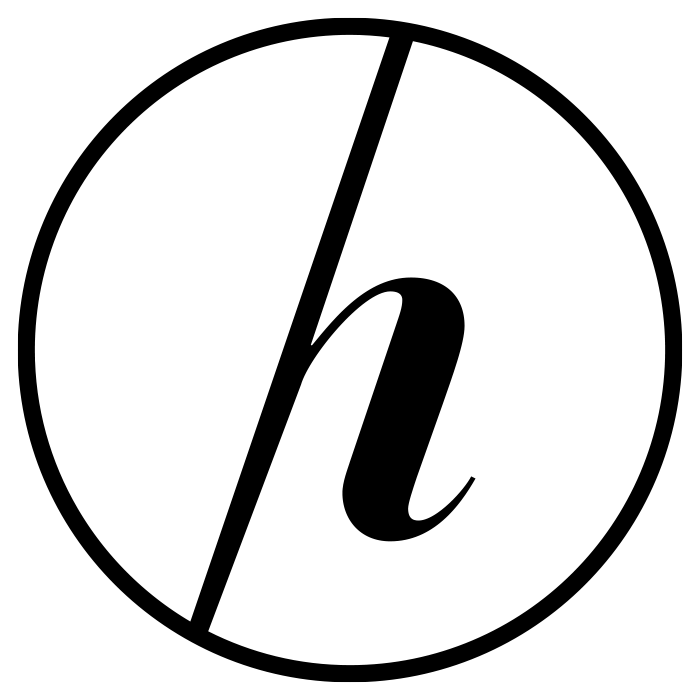The creative industries have long been considered safe havens from automation, but the unstoppable march of artificial intelligence is challenging that assumption. While AI opens exciting new avenues for artistic expression and productivity, it’s also poised to disrupt creative jobs that once seemed untouchable. As someone who’s watched the marketing and creative landscape evolve for decades, I can say with confidence: not all creative roles are equally threatened—but complacency is not an option for anyone. Let’s break down which creative jobs are on the chopping block, which skills AI can’t yet touch, and what professionals can do to future-proof their careers.
Creative Roles Most Vulnerable to AI Disruption
The first wave of AI disruption is already hitting roles that depend heavily on formulaic creativity and high-volume output. Think stock photographers, logo designers, and copywriters churning out basic ad headlines or product descriptions. These positions involve repeatable tasks with clear parameters—exactly the kind of work that generative AI models excel at. If your portfolio is filled with templated designs or boilerplate marketing copy, your competition isn’t just overseas freelancers anymore—it’s algorithms that work 24/7 for pennies.
Video editors and social media content creators are next in line. AI-powered tools can already automate video clipping, basic color grading, captioning, and even meme generation. When clients want dozens of TikToks or Instagram reels a week, speed and scale matter more than nuanced artistry. If your creative value comes solely from technical proficiency in tools like Premiere or Canva, you’re skating on thin ice.
Even music production isn’t safe. AI composition tools can generate background tracks, jingles, and royalty-free music faster and cheaper than human composers. If your bread and butter is churning out non-distinct audio for commercials or corporate videos, it’s time to rethink your offering. The cold truth: the lower the creative bar, the greater the risk of being replaced by a machine.
Key Skills AI Struggles to Replicate in Creative Work
Despite the hype, AI still falters when it comes to genuine originality and emotional resonance. Machines can remix and regurgitate, but they lack the lived experiences and cultural sensitivity that breathe life into truly impactful creative work. Storytelling that taps into complex human emotions, social context, or zeitgeist moments remains firmly in human hands—for now.
Strategic thinking is another fortress AI has yet to storm. Creative professionals who can see the big picture, understand client needs, and translate business goals into compelling narratives are irreplaceable. AI can generate options, but it can’t sit in a boardroom, read the room, and pitch a bold idea that resonates with stakeholders. The marriage of creativity and strategy is where humans still outshine the bots.
Collaboration and leadership are also tough for AI to mimic. Building trust with clients, managing creative teams, and navigating the messy, unpredictable process of ideation all require soft skills and intuition that algorithms simply don’t have. The most valuable creatives aren’t just artists—they’re facilitators, diplomats, and visionaries who bring people together to make magic happen.
Strategies for Creative Professionals to Stay Relevant
If you want to avoid obsolescence, stop thinking of AI as the enemy and start treating it as an amplifier for your creative powers. Learn how to use AI tools to streamline grunt work, freeing up more time for high-level thinking, ideation, and client interaction. The creatives who thrive will be those who can harness AI to deliver more value—not just more output.
Double down on the human skills AI can’t replicate. Invest in your ability to tell stories, solve problems, and connect emotionally with audiences. Develop expertise in your client’s industry, build relationships, and become a trusted advisor—not just a vendor. The era of “order-taker” creatives is over; the future belongs to strategic partners who bring perspective and insight.
Finally, embrace lifelong learning and adaptability. The creative landscape will keep shifting, and new tools will emerge every year. Stay curious, experiment boldly, and don’t be afraid to pivot your skillset. The most resilient professionals are those who treat change as an opportunity rather than a threat. In a world where AI does the predictable, make sure your work is anything but.
The AI revolution in creative fields is both a threat and an opportunity. While some roles will inevitably vanish or be dramatically transformed, the demand for genuine creativity, strategic insight, and human connection isn’t going anywhere. The creatives who survive—and thrive—will be those who adapt, learn, and lean into the uniquely human aspects of their craft. Don’t wait for disruption to come knocking; future-proof your career by evolving faster than the machines.





